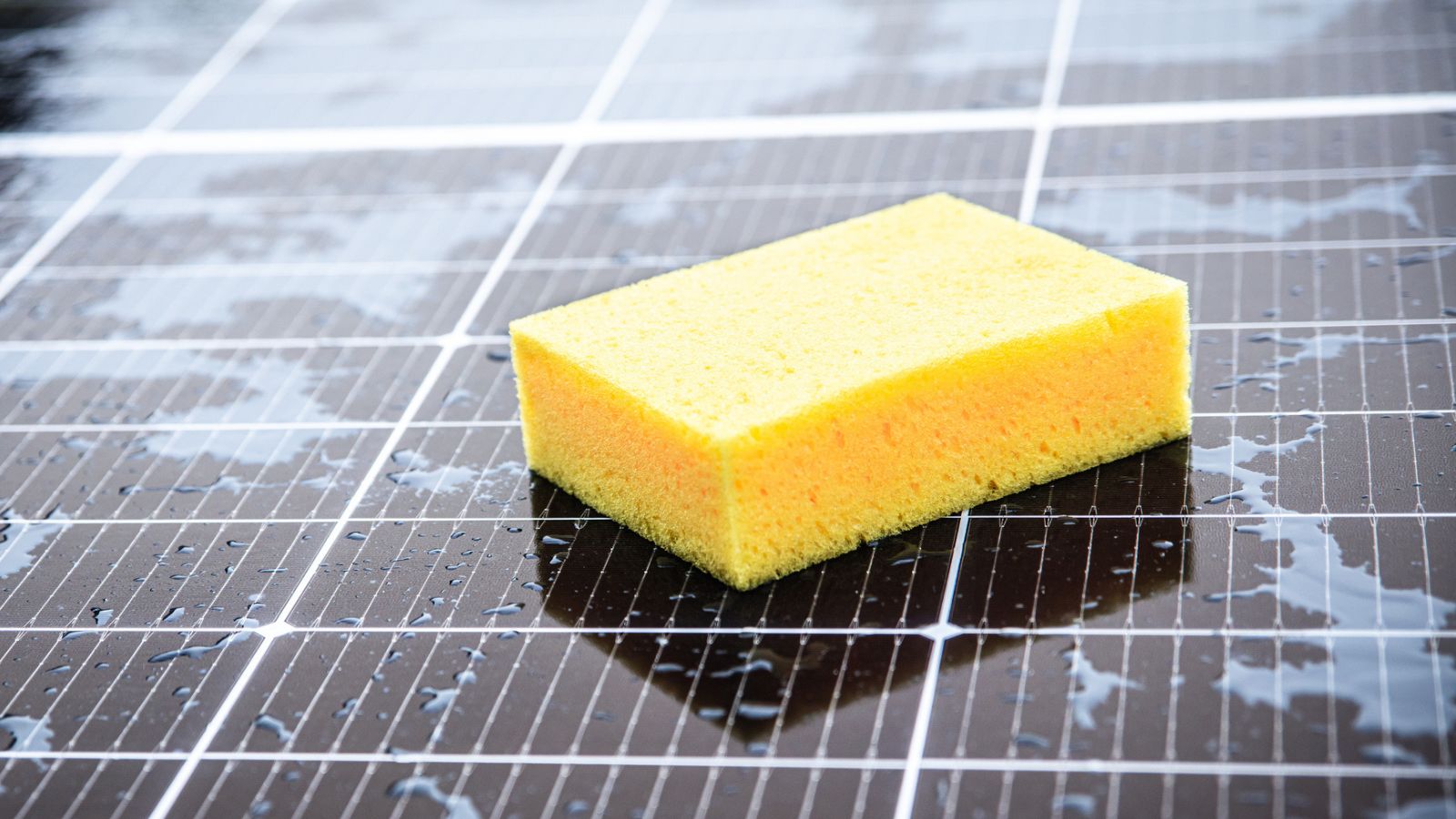
It seems a little strange to clean solar lights. Solar lights are supposed to be used outside, so it may feel a little pointless to clean something designed to get dirty.
However, dirt can be one of the biggest causes of broken solar lights. Giving them a good clean should be the first port of call when fixing your solar lights - sometimes dirt will be blocking the solar panel or the filament.
I spoke to a cleaning expert about how to clean solar lights. Here's how to clean every type of solar light for brighter, longer-lasting lights.
How to clean a solar panel
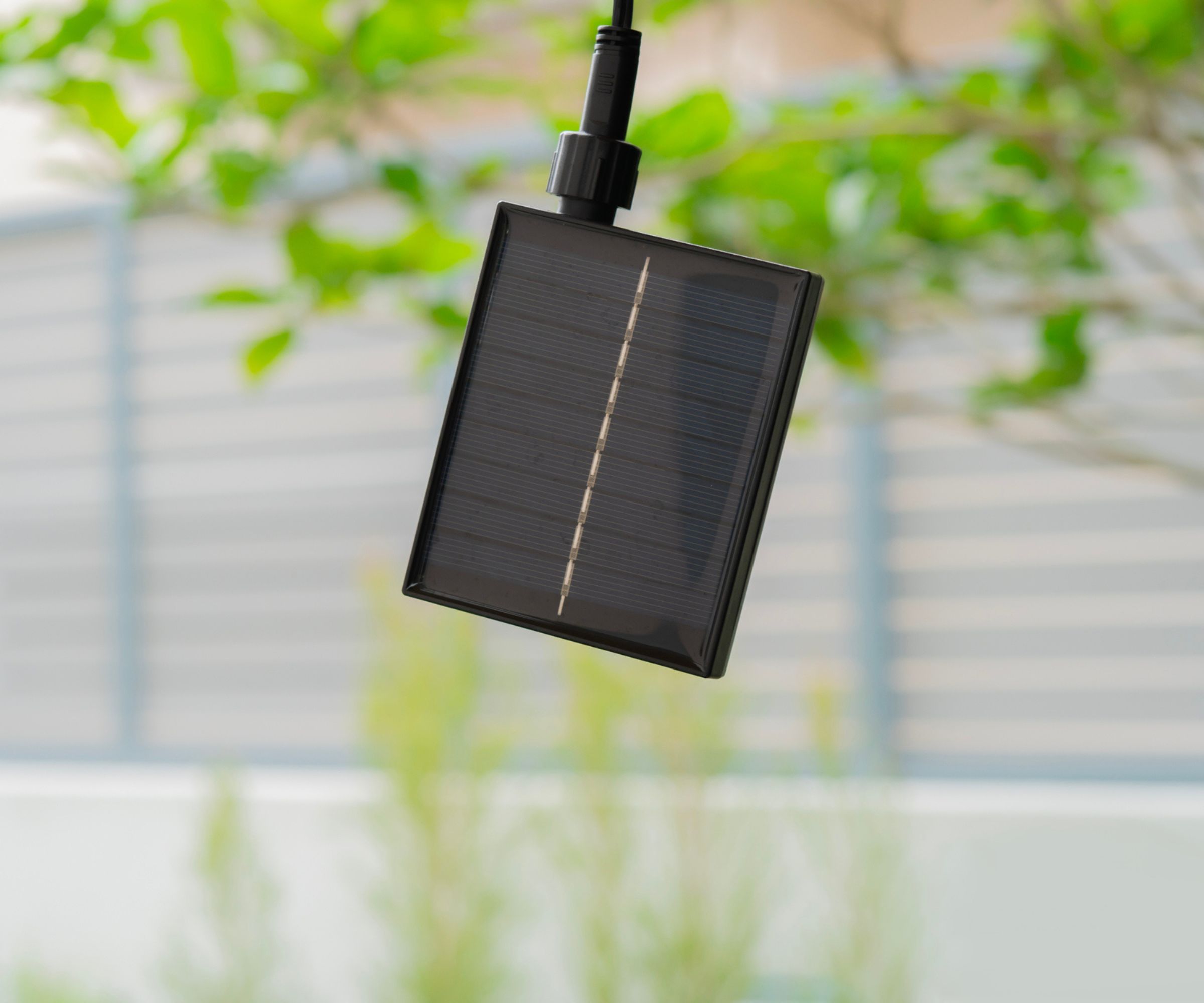
Solar panels are by far the most important part of a solar light to clean. One of the most common reasons for solar lights breaking is that the solar panel is fouled with dirt, dust, watermarks, or bird droppings. Cleaning the solar panel can often entirely fix lights that appear to be broken.
Solar panels are easy to clean, too. All you need is a soft cloth and biodegradable cleaner. Cleaning expert Heather Nixon says 'Although rainwater will remove some of the daily dust and debris that builds up on solar panels, it isn't effective at removing more stubborn stains like bird droppings. The best way to clean solar panels is to apply a naturally derived multi-purpose cleaning product with a soft cloth (to reduce risks of scratching), before wiping away with water.'
First, switch off the lights. Then spray some cleaner onto the panel. Biodegradable cleaners like this at Amazon (this is actually the one I use at home) are best for solar panels because they reduce the chance of damaging nearby plants with toxic cleaning chemicals. Use a soft cloth or the soft part of a sponge to wipe the cleaner from the panel; this will prevent you from scratching it. That's it - later that evening you might just find that your lights shine brighter for longer.
How to clean solar string lights
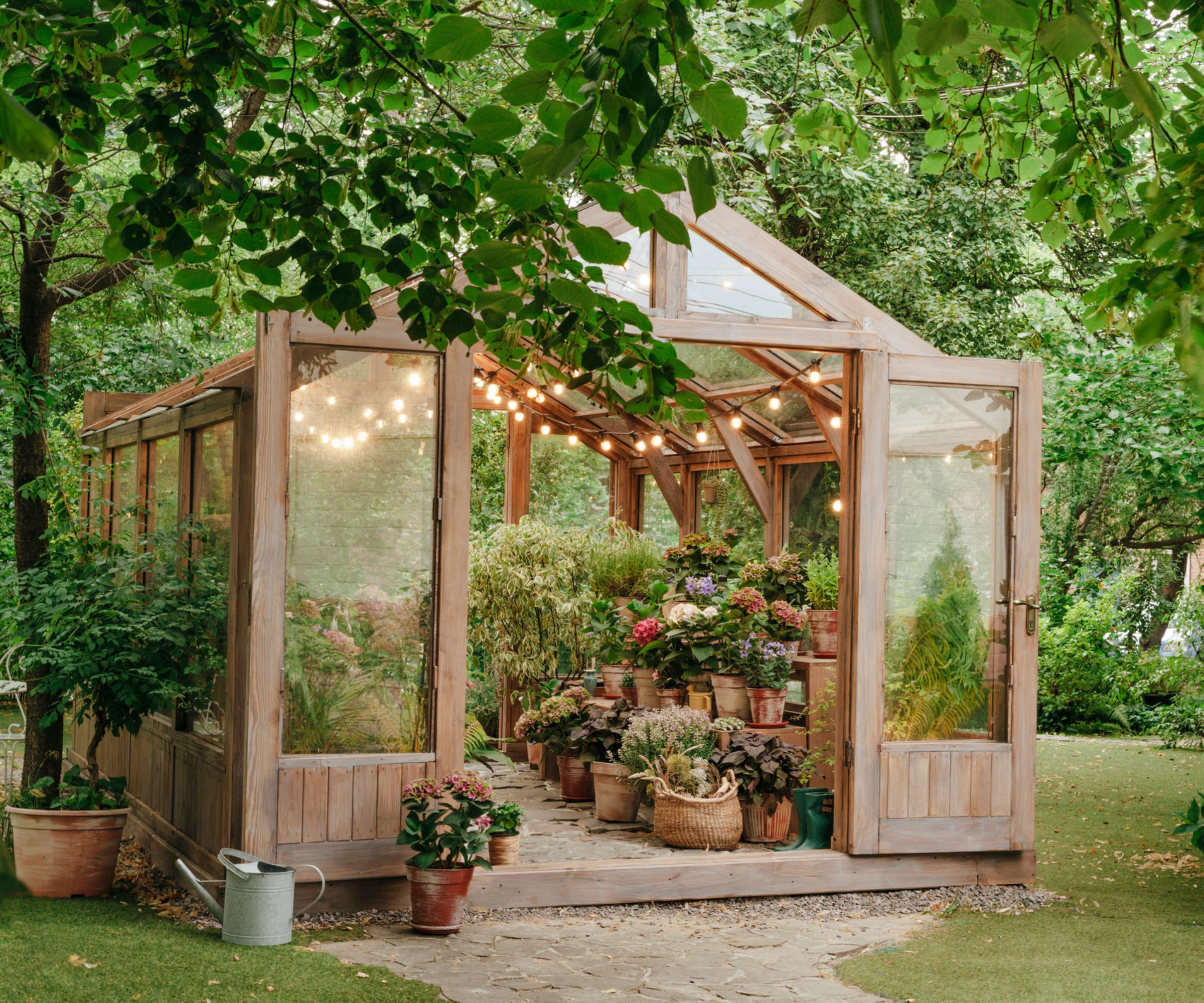
If you're cleaning string lights, clean the bulbs before you clean the solar panel. That's because you need to clean the lightbulbs with a dry cloth. While weatherproof, the bulbs on solar string lights are the most vulnerable part of the light. Rather than using any detergent or water on these, clean the worst of the dirt with a soft, dry cloth.
Only use a little water if the lights are really dirty. Gardens expert Rachel Bull says 'If you have any dirt that won't budge, slightly wet the cloth to help you remove it, but try to keep the bulbs as dry as possible.'
Once the bulbs are clean, see to the solar panel as outlined above.
How to clean solar path lights
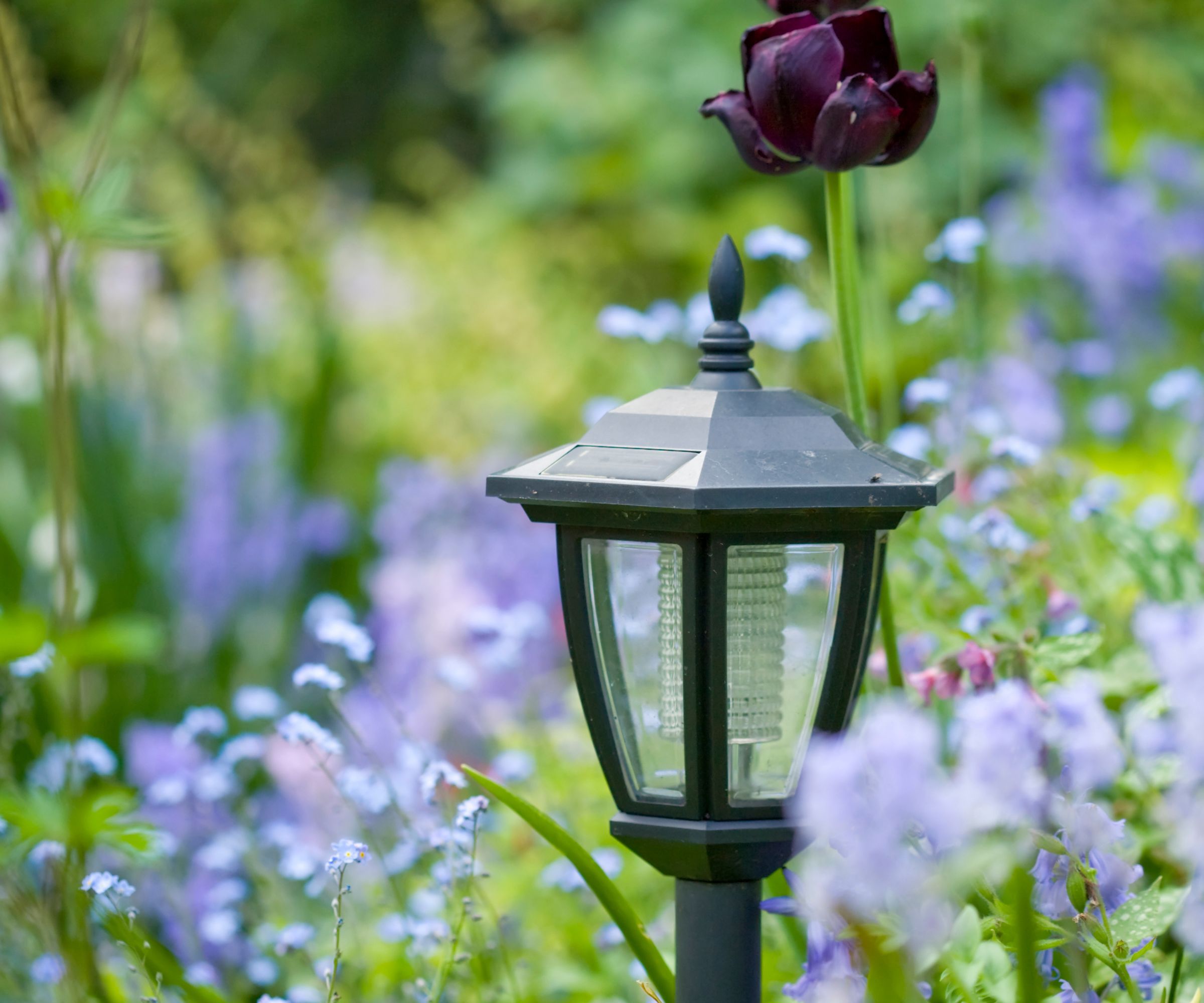
Solar path lights are often the dirtiest lights because they sit next to dirty paths where passers-by kick up dust and mud. You can be a little more vigorous with the bodies of these path lights because they're waterproof. Here, use a soft but sturdy brush like this from Amazon to remove the worst of the dirt from the bulk of the light. If it's really dirty, you can mix a little biodegradable cleaner into a bucket of hot water, dip the brush into it, then use that to clean the body of the post. Then, gently hose it down.
With the body finished, use the same methods outlined above on the light fixture and panel. Keep the light fixture as dry as possible and wipe it with a cloth. Then using a spray cleaner and a soft cloth, clean the solar panel.
How to clean solar spotlights
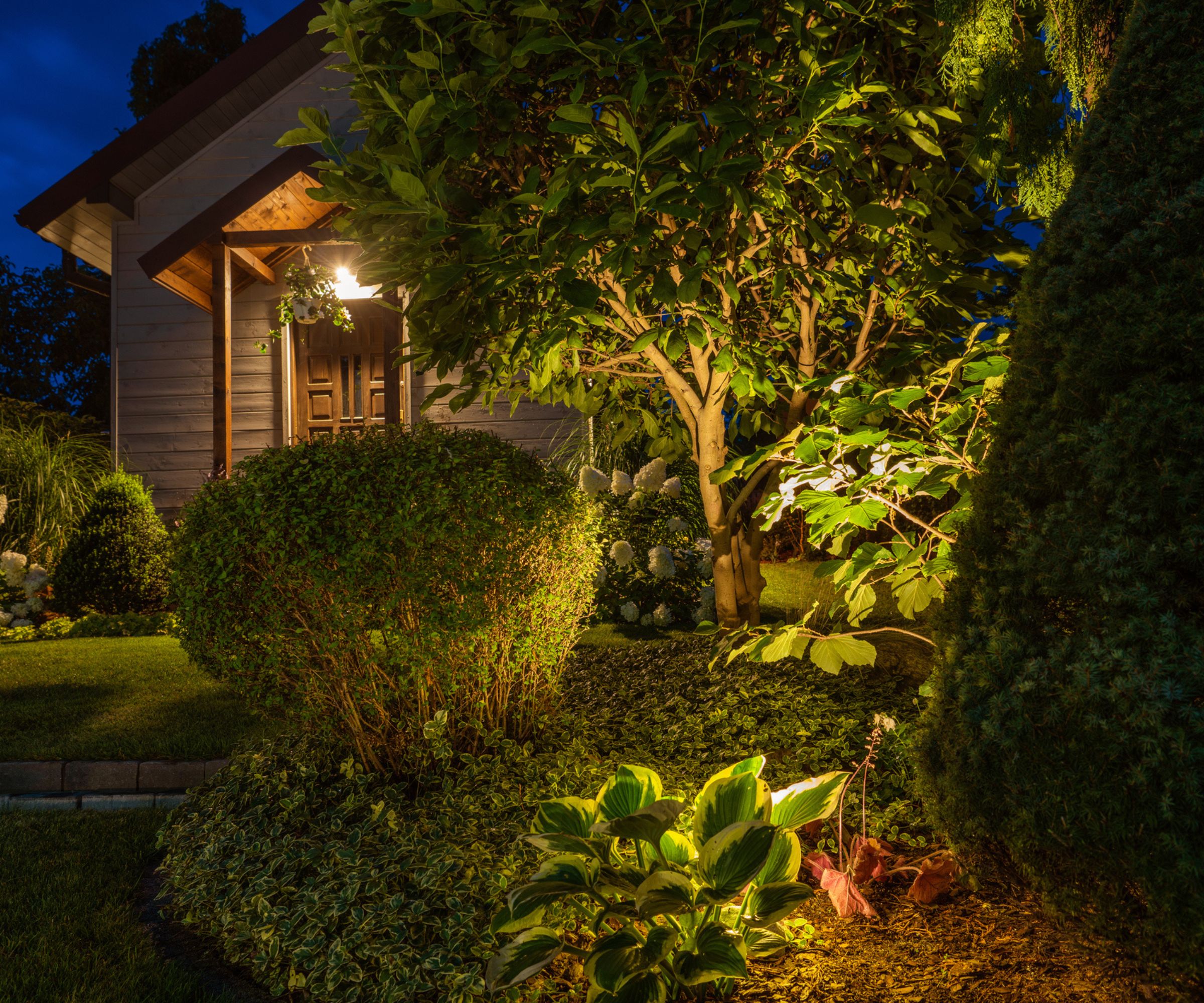
The method above also applies to spotlights, though you have to be much more careful when scrubbing the bodies of these because there isn't that much light to scrub. Again, be sure to use a soft cloth on the light fixture because otherwise you can scratch it.
These are widely considered the best solar string lights around. Best of all, this particular model has a remote control, so you don't need to bend down to change the light pattern.
A lighting kit like this is a good way to save a little money on lighting a whole garden. These fixtures are made of brass, so they're easy to clean.
These solar lights not only have a remote control but also a mounting kit to make it easier to mount to a fence.
Cleaning your solar lights is only half the battle. You can further improve their performance by preparing your solar lights for winter with a clear plastic sealant.







